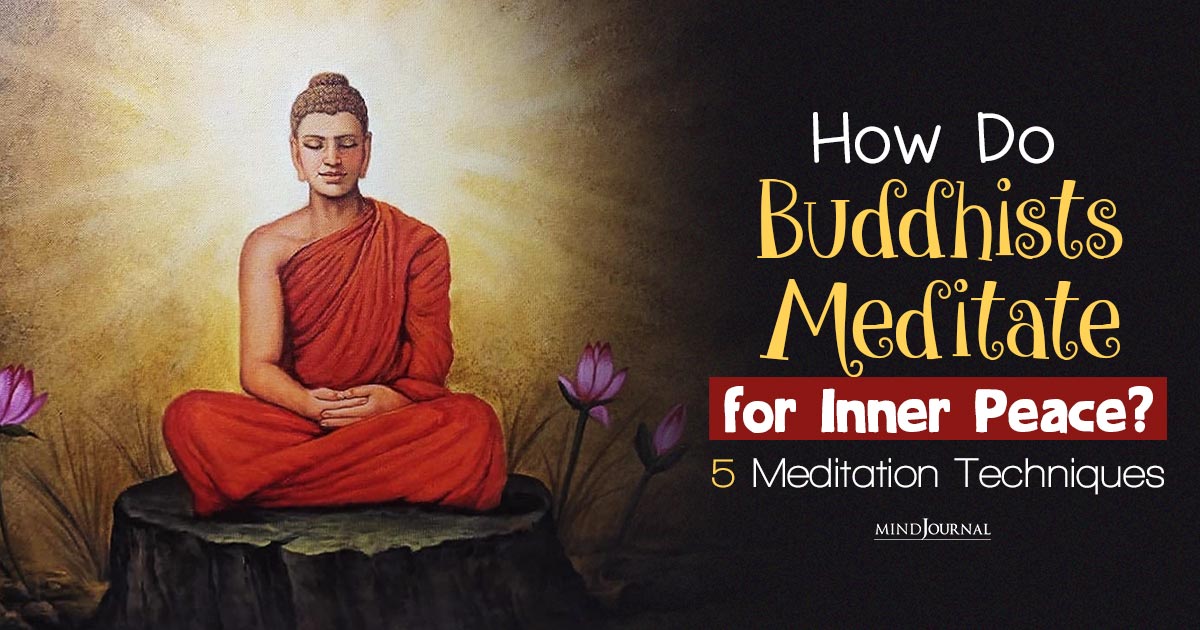Seekers and travelers have long sought out guides for the journey.
Whether touring a sacred site abroad or navigating everyday life right at home, guides are invaluable to any meaningful journey. They are the experienced ones, after all, who have already traversed the terrain that lies before us. Whether the territory is a new city or uncharted corners of the soul, guides offer much-needed insight and inspiration along the path.
Of course, for pilgrims who long to connect with the transcendent, the ultimate guide is the Sacred Guide. Whether you use that name to describe the Holy Spirit, as in the Christian tradition, or simply “God” or the “Universe,” one thing remains consistent: The Sacred Guide is the one who calls us on our journeys and continues to light the way.
Still, it’s helpful to have guides who “hold the lantern,” so to speak, to help illuminate the path. Their role is not to tell us what to do, which is often the assumption. Instead, they help to bring more clarity to the journey that’s already underway. As Galileo Galilei once said, “You cannot teach a [person] anything. You can only help [them] discover it within [themselves].”
These influential guides are not limited to great teachers. Poets, musicians, and artists can also serve as guides, beckoning us forward into the unknown like prophets who speak bold truths. Saints, too, become beacons of hope for the journey as seekers who have faced adversity along the path and yet still continued to “wander for the love of God,” as the ancient Celtic Christians would say.
In the practice of pilgrimage, these voices are our Journey Guides. Whether they are counselors who speak to us in direct conversation or authors we will never meet who simply speak to us on a page, their influence on our journeys can be traced like a timeline, their presence impacting each and every step. When looking back on our journeys, it’s likely there is at least one Journey Guide associated with each new direction we take, and it’s easy to quickly realize that without their presence in our journeys we likely wouldn’t be where we are today.
This is why it’s so important to have Journey Guides, and once you find them, to keep them close. Whether you’re setting off on a pilgrimage abroad or investing in the journeys of everyday life, you can hold your Journey Guides’ lanterns of wisdom near with these three pilgrim practices:
1. make a vade mecum
Meaning “go with me” in Latin, a vade mecum was the original guidebook. During the Golden Age of pilgrimage, pilgrims would carry small leather-bound books with them filled with practical tips for the journey as well as words of inspiration such as prayers or passages of scripture. You can create a vade mecum of your own featuring words wisdom from your own Journey Guides by filling a small notebook with quotes, excerpts of poetry, notes of encouragement, and more. To continue in the spirit of pilgrims of old, carry this notebook with you as a guidebook for the journey, referring to it frequently when you’re in need of guidance and adding entries when new Journey Guides arrive.
2. add to your home altar
Like the practice of pilgrimage, altars incorporate both the interior journey and the exterior journey, helping us make tangible what is stirring deep within. Literally meaning “high” place, altars serve as mini pilgrimage destinations of sorts, and a small home altar is a great way to hold space for your spiritual journey in the midst of everyday life. Often home altars contain items that elicit a sense of spiritual connection, such as candles, symbols, and icons, so it’s only natural that the words or images of your Journey Guides find a place of belonging here, too, calling you back to the path each time you visit.
3. engage in sacred imagination
A Journey Guide to many, St. Ignatius of Loyola believed that our imaginations were a gift from God and a valuable tool for spiritual growth. One practice attributed o St. Ignatius that puts imagination at the forefront is Imaginative Prayer, inviting practitioners to fully enter a Gospel scene by imagining what it was like to be present using all of their senses. This imaginative engagement could also be applied to your Journey Guides, particularly those you do not know personally or who have passed on. Just like someone in discernment might call a Quaker Clearness Committee in order to receive insight, you can use your imagination to call all of your Journey Guides into your own “wisdom council” of sorts, tuning in to their voices that you know so well and imagining what unique guidance they might have to offer.
Like this post?
Sign up below to receive updates on offerings, products, and free resources so you don’t miss a thing! You’ll also receive an instant download of the Principles Rule of Life, including seven guideposts and practices for living and traveling like a pilgrim.







